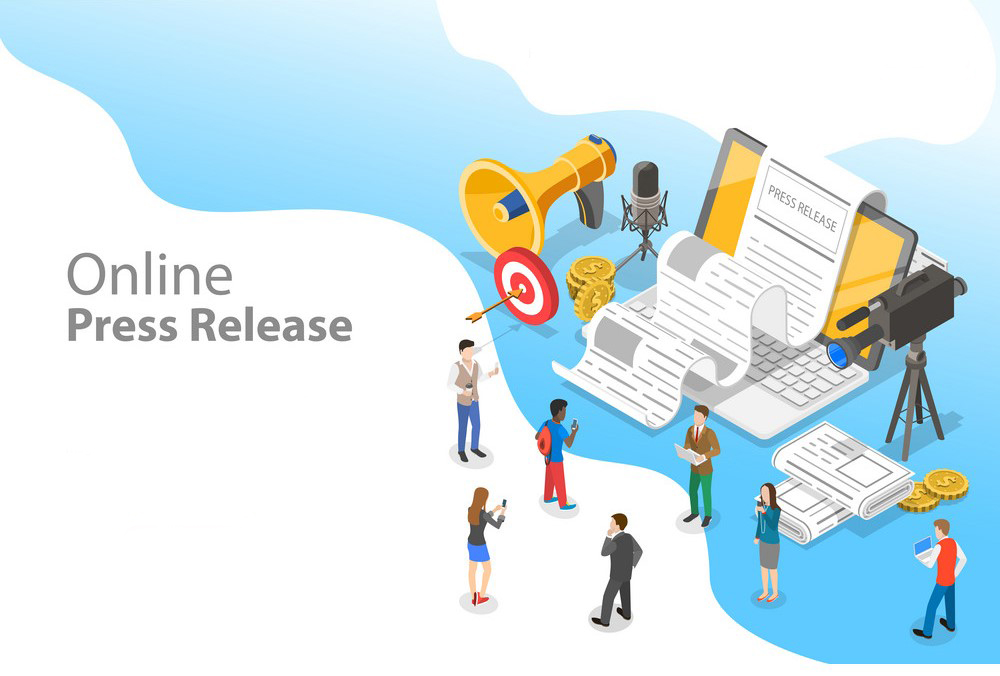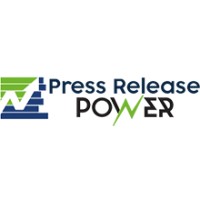. To become proficient, learn how to write and optimize PHP code for WordPress, including creating custom post types, taxonomies, and handling user interactions.
MySQL:
WordPress uses MySQL as its database management system. Understanding MySQL will help you manage and manipulate data effectively. Learn how to perform CRUD (Create, Read, Update, Delete) operations, write complex queries, and optimize database performance.
REST API:
The WordPress REST API allows you to interact with WordPress data from external applications or services. Familiarize yourself with how to use the REST API to create, retrieve, update, and delete data. This skill is crucial for developing headless WordPress sites or integrating WordPress with other platforms.
Customizing WordPress Themes and Plugins
Customization is where you can truly showcase your skills as a full stack WordPress developer. Developing custom themes and plugins allows you to tailor WordPress sites to meet specific client requirements.
Theme Development:
Start with a basic understanding of the WordPress template hierarchy and theme structure. Learn how to create custom themes from scratch or modify existing ones. Understanding template files, theme functions, and custom fields will enable you to build unique and functional themes.
Plugin Development:
Creating custom plugins extends the functionality of WordPress beyond the standard options. Learn how to develop plugins that add new features, integrate with external services, or customize WordPress core functionality. Understanding hooks, actions, and filters will help you create robust and flexible plugins.
Version Control and Development Workflow
A well-organized development workflow is crucial for managing projects efficiently. Version control systems like Git allow you to track changes, collaborate with others, and maintain code quality.
Git and GitHub:
Learn how to use Git for version control and GitHub for hosting your repositories. Understanding how to commit changes, create branches, and merge code will streamline your development process and make collaboration easier.
Development Environment:
Set up a local development environment to test and debug your WordPress projects before deploying them to a live server. Tools like XAMPP, MAMP, or Local by Flywheel can help you create a local server environment. Additionally, using a staging environment ensures that changes are tested thoroughly before going live.
Security Best Practices
Security is a critical aspect of WordPress development. Implementing best practices helps protect your sites from potential threats and vulnerabilities.
Regular Updates:
Keep WordPress, themes, and plugins updated to the latest versions. Regular updates ensure that you benefit from the latest security patches and features.
Secure Coding Practices:
Follow secure coding practices to protect against common vulnerabilities like SQL injection and cross-site scripting (XSS). Use prepared statements, validate and sanitize user input, and escape output to enhance security.
Backup Solutions:
Implement regular backups to safeguard your data. Use plugins or external services to schedule automatic backups and store them securely. Having a backup plan ensures that you can restore your site in case of unexpected issues.
Performance Optimization
Performance is crucial for user experience and search engine rankings. Optimizing WordPress sites ensures fast load times and smooth interactions.
Caching:
Implement caching mechanisms to reduce server load and speed up page load times. Utilize caching plugins like W3 Total Cache or WP Super Cache, and consider server-side caching solutions for enhanced performance.
Image Optimization:
Optimize images to reduce their file size without compromising quality. Use tools or plugins to compress images and implement lazy loading to improve page load times.
Minification:
Minify CSS, JavaScript, and HTML files to reduce their size and improve load times. Tools and plugins can help automate this process and enhance site performance.
Client Communication and Project Management
Effective communication and project management are essential skills for a successful career as a full stack WordPress developer. Managing client expectations and project timelines ensures that you deliver high-quality work on schedule.
Client Requirements:
Clearly define project requirements and scope with clients before starting. Use tools like project management software or collaboration platforms to track progress and communicate updates.
Documentation:
Maintain thorough documentation for your projects. Document code, customizations, and any specific instructions for clients. Well-documented projects are easier to maintain and hand over to other developers if needed.
Project Planning:
Plan your projects carefully, breaking them down into manageable tasks and setting realistic deadlines. Use project management tools to organize tasks, assign responsibilities, and track progress.
Keeping Up with Industry Trends
The field of web development is constantly evolving. Staying updated with industry trends and advancements ensures that your skills remain relevant and competitive.
Continuous Learning:
Invest time in learning new technologies, frameworks, and best practices. Participate in online courses, attend webinars, and follow industry blogs to stay informed about the latest developments.
Networking:
Join developer communities and attend industry events to connect with other professionals. Networking can provide valuable insights, collaboration opportunities, and support for your career growth.
FAQ
1. What is the role of a full stack WordPress developer?
A full stack WordPress developer handles both the front-end and back-end aspects of WordPress site development. They are responsible for designing user interfaces, developing server-side functionality, and ensuring the overall performance and security of the site.
2. Do I need to know JavaScript to become a full stack WordPress developer?
Yes, knowing JavaScript is essential for creating interactive and dynamic elements on a WordPress site. It complements your PHP skills and enhances the user experience.
3. How important is understanding MySQL for WordPress development?
Understanding MySQL is crucial because WordPress relies on MySQL for database management. Knowing how to perform database operations and optimize queries will help you manage and manipulate data effectively.
4. What tools or environments should I use for WordPress development?
Tools like XAMPP, MAMP, or Local by Flywheel are commonly used for setting up local development environments. Git and GitHub are useful for version control and collaboration.
5. How can I improve the performance of a WordPress site?
You can improve site performance by implementing caching mechanisms, optimizing images, minifying files, and regularly updating WordPress, themes, and plugins.
6. What are some best practices for WordPress security?
Follow best practices such as keeping software updated, using secure coding techniques, implementing regular backups, and applying security plugins to protect your WordPress site from threats.
7. How can I stay current with WordPress development trends?
Stay updated by participating in online courses, attending webinars, following industry blogs, and joining developer communities. Continuous learning and networking are key to staying relevant in the field
Get in Touch
Website – https://www.webinfomatrix.com
Mobile - +91 9212306116
Whatsapp – https://call.whatsapp.com/voice/9rqVJyqSNMhpdFkKPZGYKj
Skype – shalabh.mishra
Telegram – shalabhmishra
Email - info@webinfomatrix.com
















